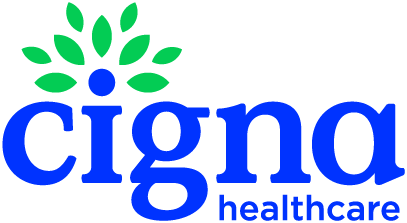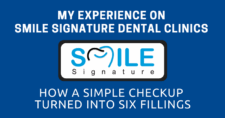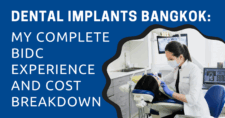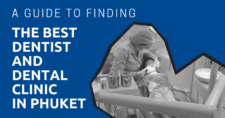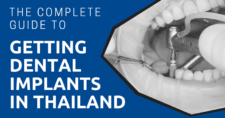
There was a time when I’d stay away from Thailand’s government hospitals because I thought they offered lower quality healthcare. After all, it was where my Thai mother-in-law went to save a few baht in exchange for hours of wait time. It just didn’t add up to me.
But over the last few years, King Chulalongkorn Memorial Hospital has steadily grown on me. I’ve gotten excellent healthcare at this government hospital for a fraction of the price I’d pay at a private hospital. And the wait times really aren’t so bad.
Recently, Chulalongkorn has also been renovating its buildings and adding new equipment, meaning the hospital has everything you’d expect from a world-class facility.
In this guide, I’ll walk you through the process of making an appointment at Chulalongkorn, visiting a doctor there, some of the costs involved, my own experiences, and much more.
"*" indicates required fields
Disclaimer: This article may include links to products or services offered by ExpatDen's partners, which give us commissions when you click on them. Although this may influence how they appear in the text, we only recommend solutions that we would use in your situation. Read more in our Advertising Disclosure.
Contents
- Why Visit Chulalongkorn Hospital?
- Getting a Chulalongkorn Hospital ID Card
- Making an Appointment
- Registering on Appointment Day
- Seeing the Doctor
- Paying Your Bill
- Getting Your Medication
- Getting Blood Work Done at Chulalongkorn Hospital
- Making a Follow-Up Appointment
- Chulalongkorn Hospital Costs
- Can Doctors at Chulalongkorn Hospital Speak English?
- Am I Happy With the Experience?
- Now, on to You
(And How It’s Costing Them)
Most expats throw money away, get lost in red tape, and miss the local hacks that make life easier and cheaper. ExpatDen Premium gives you the secrets seasoned expats use to save, earn, and thrive beyond the basics, saving you thousands and opening doors you didn’t even know existed.
Here’s what’s inside:
- Housing Hacks: Slash your rent by 40% or more - because the locals are laughing at what you’re paying.
- Banking Mastery: Stop wasting on fees and get top exchange rates. Why give your money away?
- Healthcare for Local Prices: Quality treatment without the expat price tag.
- Visa and Legal Shortcuts: No more bureaucratic nightmares. Get the visa and residency secrets that others pay their lawyer dearly for.
- Deep Discounts: Find the savings locals rely on for groceries, dining, and more.
If you’re serious about making Thailand work for you, join ExpatDen Premium and make Thailand work for you.
Why Visit Chulalongkorn Hospital?
With all the available government and private hospitals in Bangkok, why do I choose to go Chulalongkorn?
It all started about five years ago when I needed emergency surgery to have my gallbladder removed. I didn’t have health insurance at the time and someone suggested I go to Chulalongkorn because of the lower costs. I was hesitant at first, but the surgery went as smooth as one would expect. And in the end I only paid THB85,000 compared to the THB350,000 staff quoted me at the private Srikarin Hospital.
Since then, I did take out health insurance through Luma, but it only covers me for in-patient care. When I need out-patient treatment, such as getting a yearly MRI for a brain tumor I was diagnosed with in 2024, I pick Chulalongkorn.
Medical Equipment and Technology
Like some of the top neuro centers in Thailand, Chulalongkorn has the most modern Model-3 MRI machine that doctors need to zoom in on my brain tumor. This equipment is hard to find in Thailand, so it speaks to level of treatment you get when visiting Chulalongkorn. Not only is the equipment some of the best in all of Thailand, but the doctors are great.
Qualified Doctors
All doctors at Chulalongkorn go through a six-year MD degree at a Thai medical school and are registered with the Medical Council of Thailand. In addition, their medical school is among the top schools in Thailand.
Many doctors at Chulalongkorn also teaching the next generation of Thai doctors. They also have:
- Additional specialist training and board certifications
- Research experience and academic credentials
- International fellowship training
- More complex case experience
The neurologist I see at Chulalongkorn also works at Bumrungrad Hospital on the weekdays. Between the modern equipment and well-qualified doctors, it’s like I’m getting treatment at a private hospital for a fraction of the price.
Wait Times
There is one downfall to visiting Chulalongkorn, though. The wait times can be long (over an hour). Between traveling to the hospital, seeing the doctor, and traveling home, expect to eat up at least half a day. With that said, let’s look at how to register with the hospital, make an appointment, and see a doctor.
Getting a Chulalongkorn Hospital ID Card
In order to see a doctor at Chulalongkorn, you need a hospital ID card first.
To get the card:
- Bring your passport and go to the first floor of the main Por Por Ror Building
- In the lobby, you’ll see a series of windows
- You want to go to the window all the way to the left
- Staff will give you a form to fill out and then take your photo
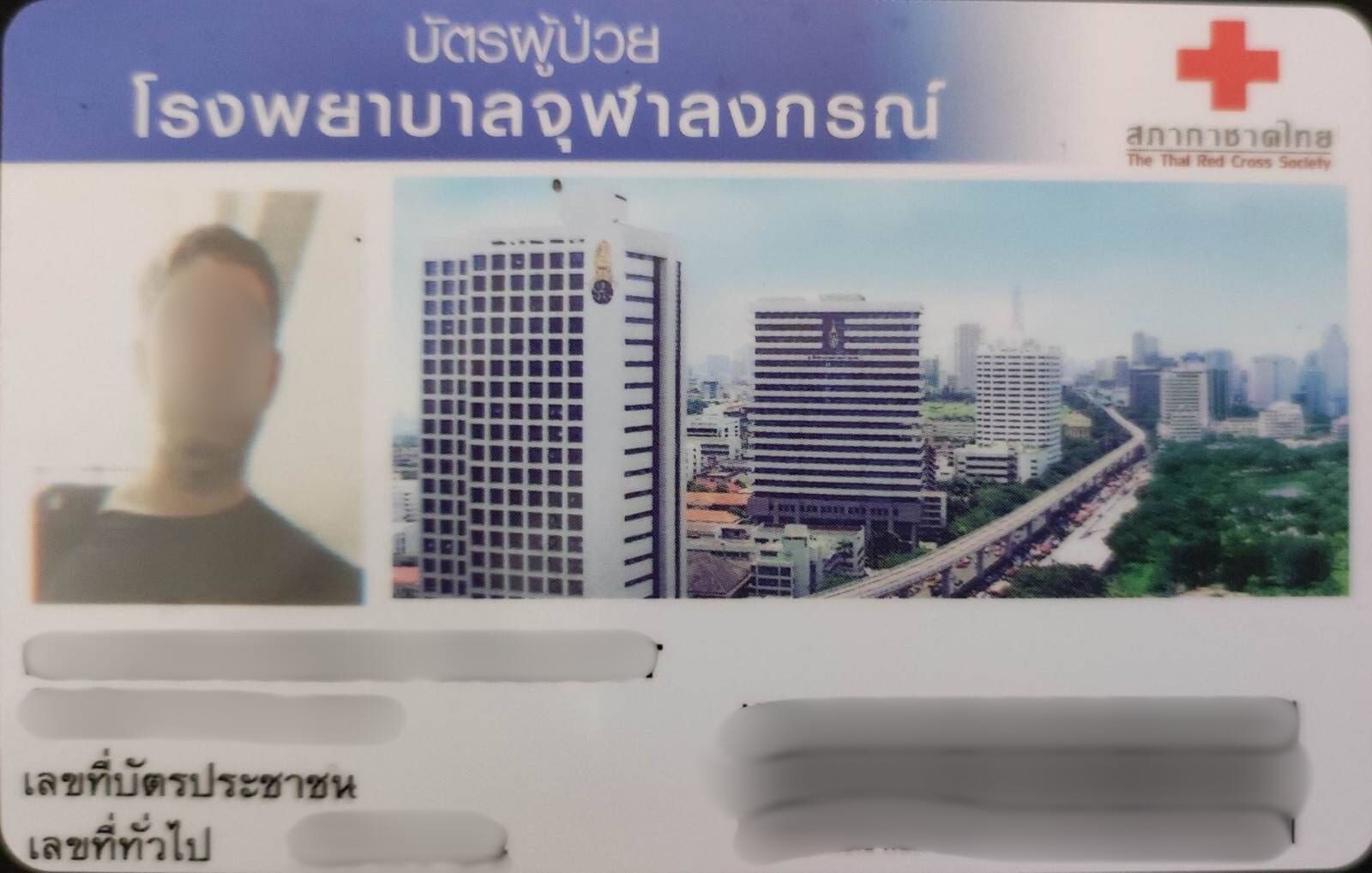
After about 10 minutes, you’ll get your hospital ID card that has your name, date of birth, hospital ID number, and bar code. This hospital ID number is attached to everything you do at Chulalongkorn. It’s also what you use to make an appointment, which I’ll cover next.
Making an Appointment
You can make an appointment to see a doctor at Chulalongkorn either in person or over the phone. If you need to see a doctor when you’re getting your ID card, make the appointment in person while you’re there. Keep in mind that you most likely won’t get an appointment on the same day.
If you know how to speak Thai fluently, you can set up an appointment over the phone. Or you can ask someone who does speak Thai to do it for you.
When making an appointment by phone, if you have never been to Chulalongkorn, you can get your hospital ID card on the day of your appointment. Just be sure to visit the window I mentioned above, take your picture, and get your card.
When you make an appointment to see a doctor at Chulalongkorn, you won’t get a precise time. Instead, you’ll get a time frame for when you have to show up. For my most recent visit, they gave me a window between 8:30 AM and 9:30 AM on a Saturday. I saw the doctor around 9:15 AM.
Weekends mornings aren’t so bad, as there’s not much traffic and doctors usually arrive on time. But on weekday mornings when the traffic is worse, doctors rarely show up on time, which means you’ll wait a lot longer.
Try to book your appointment on a weekend or weekday afternoon or evening.
Registering on Appointment Day
Although you’ll get a time frame on when you have to be at the hospital when making your appointment, you still have to register and get a queue number on the day of your doctor’s visit.
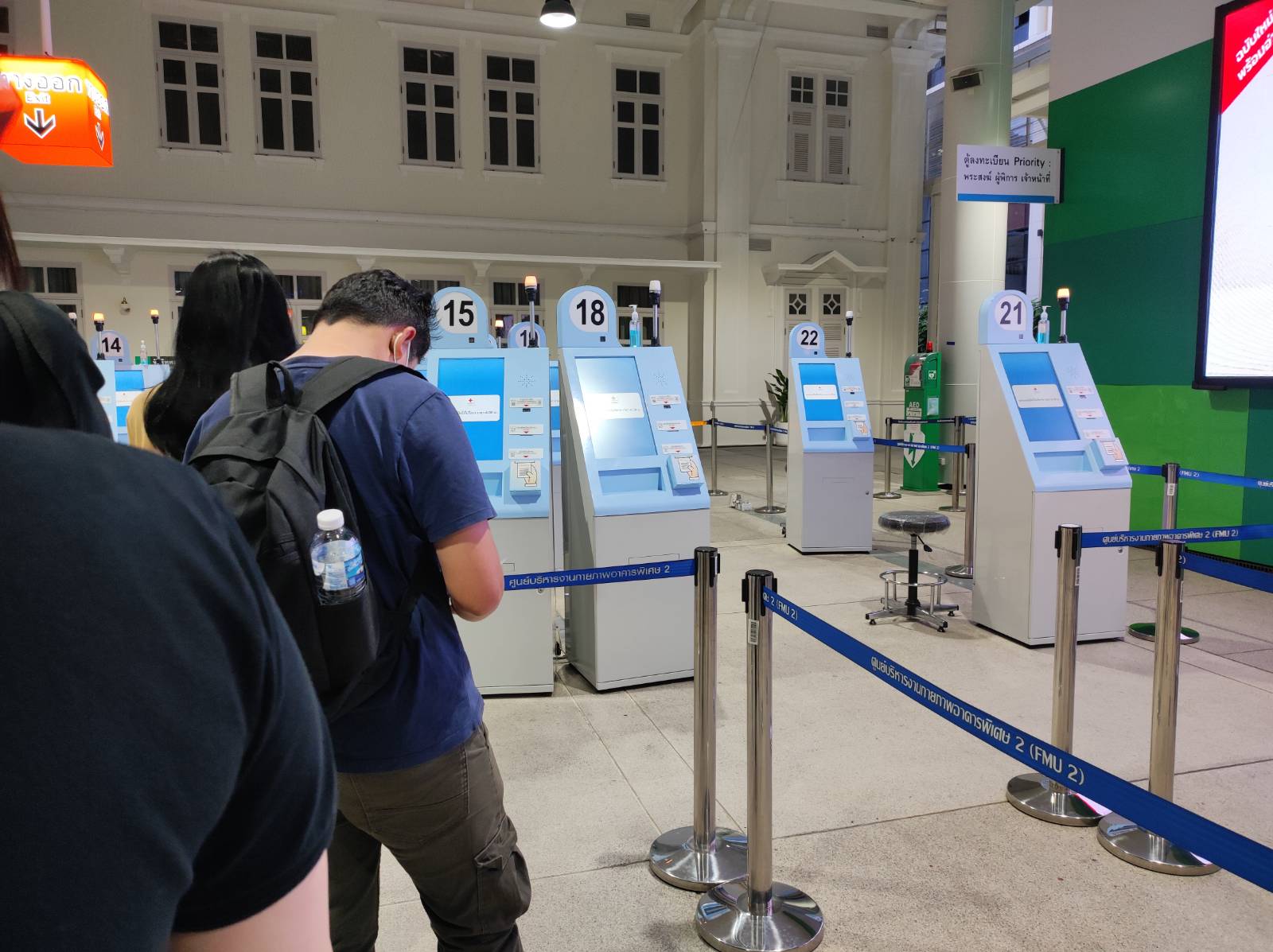
The general rule of thumb I follow is this:
- If your appointment is in the morning, show up at 6:00 AM to get in line for your queue number.
- If your appointment is in the afternoon, show up at 10:00 AM.
- If your appointment is the evening, show up at 4:00 PM.
To register, go to the outside of the Por Por Ror Building. There are many kiosks here. Pick one and use it to get your queue number by scanning the barcode of your Chulalongkorn Hospital ID card. Once you got that slip, you can go to the building you need to visit.
Your slip will tell you exactly where to go, such as the building, floor, and area. And it’s all in English.
Seeing the Doctor
With your queue number, go to the building and section where your doctor is located and grab a seat. Wait for your number to appear on the screen and go into the designated room. You most likely won’t have a nurse come to get you like you would at a private hospital. Just give a gentle knock on the door and slide it open.
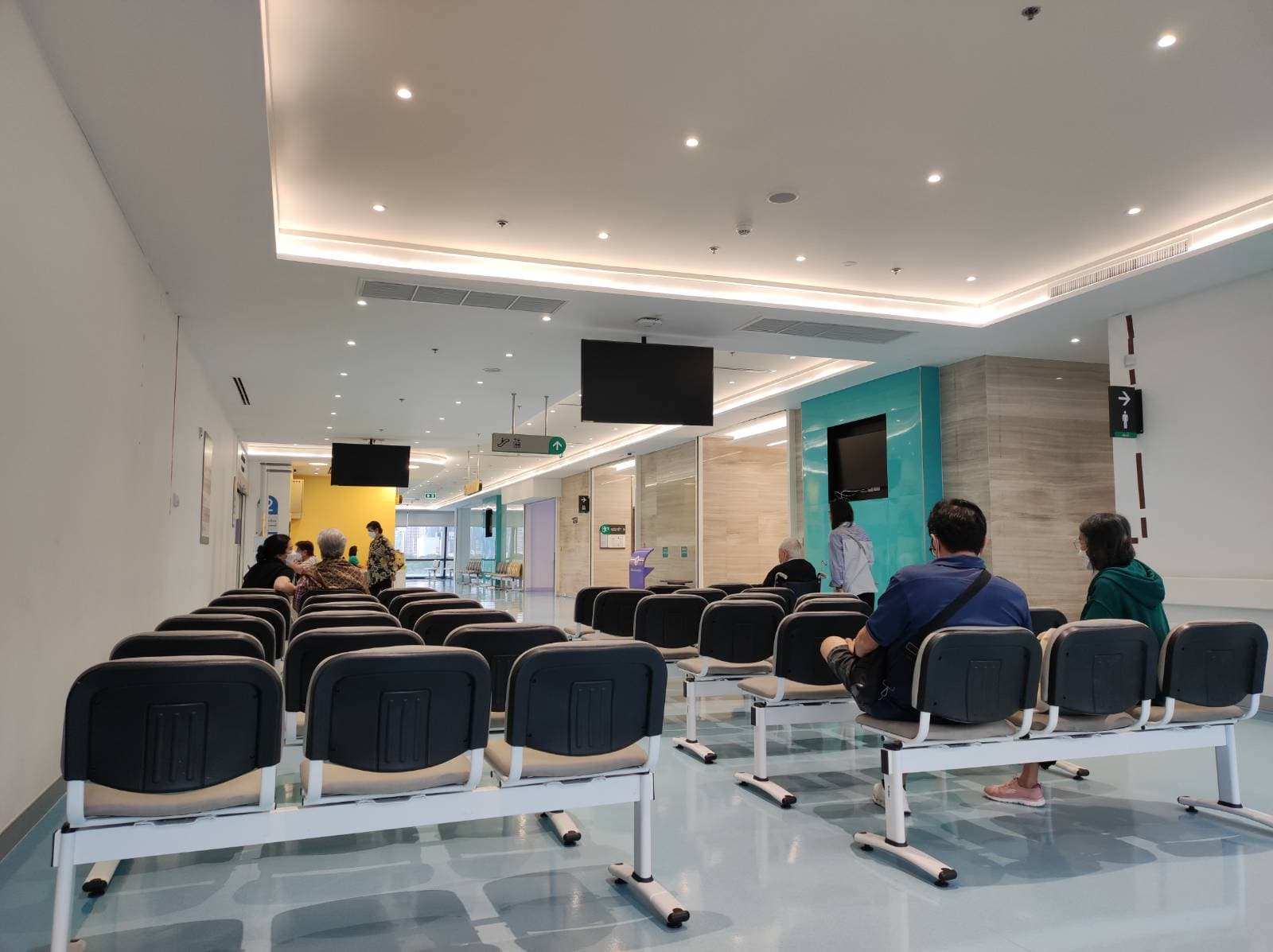
The doctor visit will go just as all doctor’s visits go. So once you’re in the room, you shouldn’t face any surprises. When I saw my doctor, we greeted each other and then got down to business. He explained everything about my MRI in detail and asked me if I had any questions. After addressing my concerns, he explained what I could expect over the next few years regarding my brain tumor.
Overall, I was satisfied with the level of detail he provided.
Paying Your Bill
After you see the doctor, it’s time to pay the bill and get any medicine you might’ve been prescribed. Each floor of Chulalongkorn has a window where you go to pay your bill. If you can’t find it, ask the nurse at the information desk.
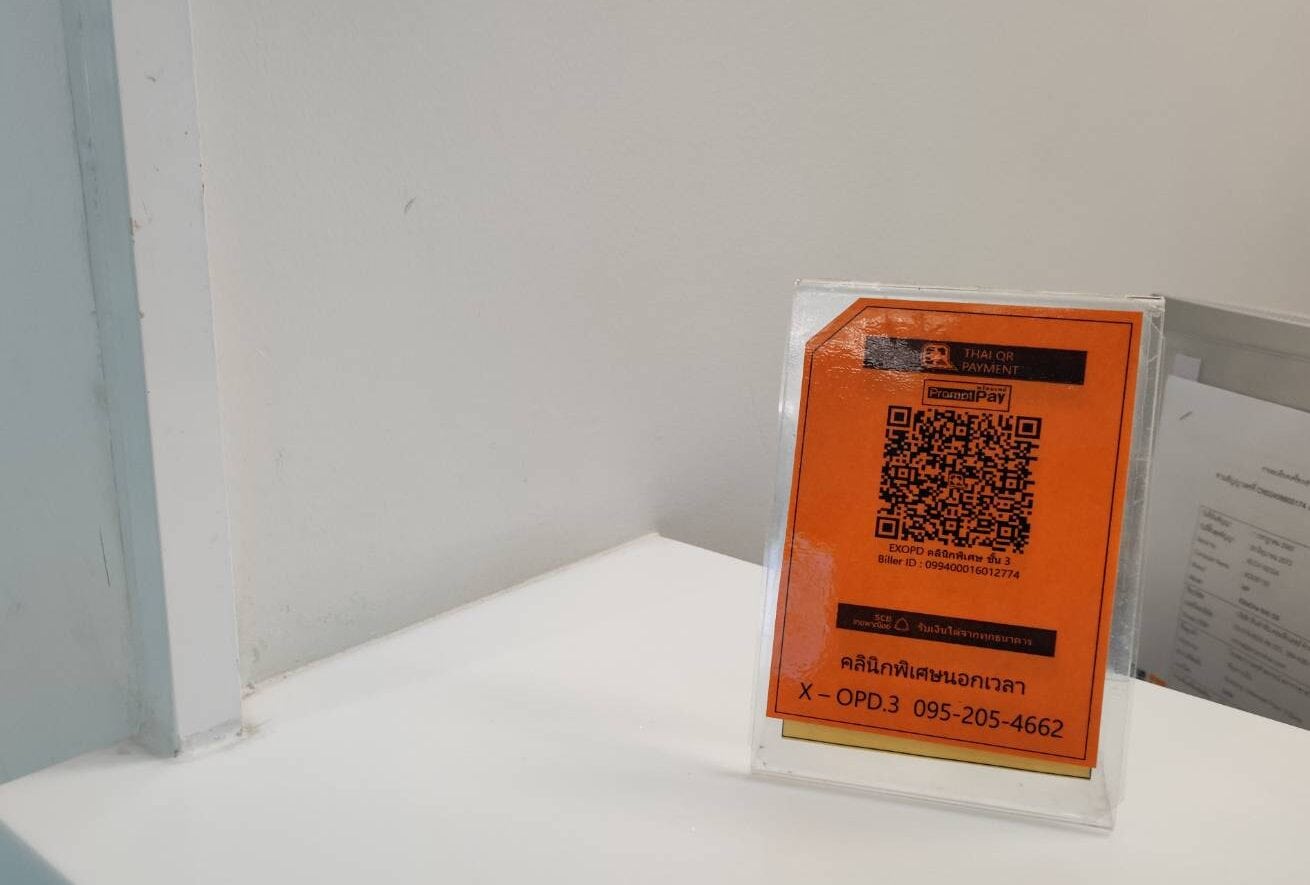
You can pay your bill by cash or by scanning the PromptPay QR code with your mobile banking app. Then you’ll get an itemized receipt in English.
Getting Your Medication
Once you pay your bill, take your receipt to the medication window, usually right next to the bill-pay window, and pick up your medication. Staff will usually ask if you want the instructions printed in English or Thai. After you get your medication, your appointment is finished and you can go home.
The cost of medication at Chulalongkorn is cheaper than what you’d pay at a private hospital because it doesn’t mark up its prices. In fact, the prices are the same you’d get at a Thai pharmacy. As for the medication, you’ll most likely get Thai brands. But these work just as well as international brands.
Getting Blood Work Done at Chulalongkorn Hospital
Some doctor’s visits at Chulalongkorn might require you to get blood work done. This was the case for the MRI on my brain.
To do so, got to the blood work clinic in the Chakritdi Building after you register and get your queue number. You’ll see two pink registration machines outside the back door. Scan the bar code of your hospital ID card or appointment slip.
The machine will print out a new queue number. Take that and go inside to wait for your number to appear on the TV screen. Then go into the room and get your blood drawn.
When you’re finished, you can carry on with the rest of your appointment as the hospital staff will handle the rest. This is a great added service because up until last year, you used to have to get your blood drawn in a far away building and then carry it back to the doctor’s office.
Making a Follow-Up Appointment
In some cases you might have to return to Chulalongkorn to see the doctor again in the near future. If so, staff will set up another appointment for you when you pay the bill. You can pick a time and day that’s available and most convenient. Afterward, you’ll get a slip with the details of your next appointment. You can ask to have these details printed in English or Thai.
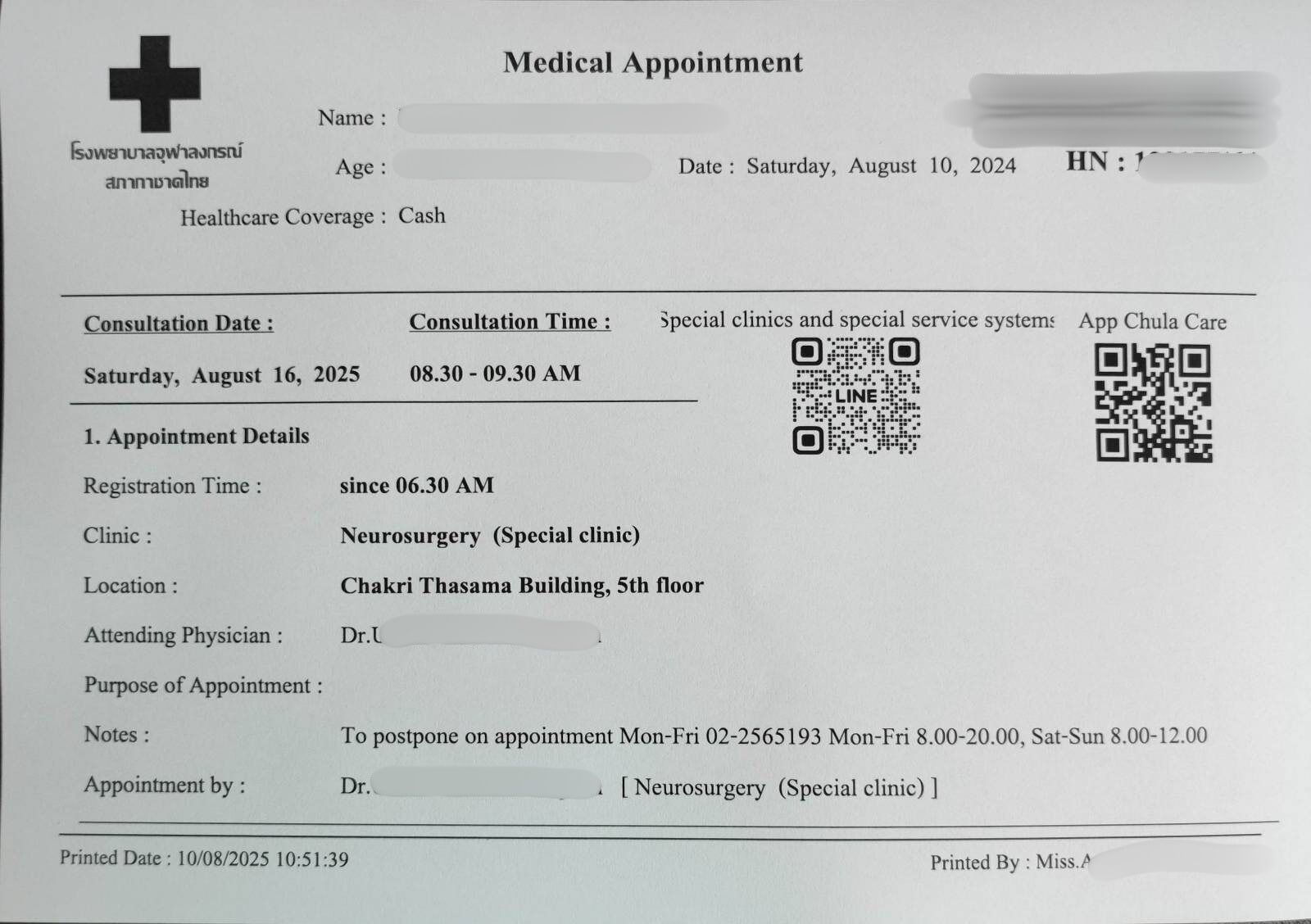
It’s easy to lose this slip. So what I usually do is take a photo of it with the “document scanner” option in my phone’s camera app. This way I have a paper and digital version that I can file or set a reminder for.
Chulalongkorn Hospital Costs
Chulalongkorn doesn’t typically show its prices online or anywhere in the hospital. But the costs are cheaper than what you’d pay at private hospitals. An MRI for my brain costs THB7,500 at Chulalongkorn as opposed to the THB25,000 I’d pay at Bangkok Hospital. Below I provide a few costs that I’ve incurred over the years while visiting the hospital. All prices are in Thai Baht.
| Treatment | Costs |
|---|---|
| General Doctor’s Visit | 300 |
| Specialist Visit | 600 to 1,000 |
| Gallbladder Removal | 85,000 |
| Blood Word | 80 |
| MRI for Brain Tumor (with contrast) | 10,500 |
| Neurologist Visit | 1,300 |
Can Doctors at Chulalongkorn Hospital Speak English?
I’ve found that most doctors at Chulalongkorn can speak English because of their extensive training. So you shouldn’t have any issues explaining your symptoms to them in English. Staff and nurses, though, usually don’t speak English that well. They know the general medical terminology but they won’t be able to hold a conversation in English.
Am I Happy With the Experience?
I’ve been going to Chulalongkorn for quite some time now and I am always happy with the results. Treatment is on par with what I’d get in the U.S. (probably even better in some regards). The doctors are thorough. Staff and nurses are helpful. On top of that, the hospital never pressures me to get treatment I don’t need, as is the case with some private hospitals that try to upsell you packages.
Now, on to You
Over the years, Chulalongkorn Hospital has really improved its infrastructure, equipment, and appointment process — even for expats.
Back in the day it used to feel like I was navigating unfamiliar territory whenever I went there. But the hospital has streamlined all its process, making it easier than ever to set up an appointment and see a doctor.
